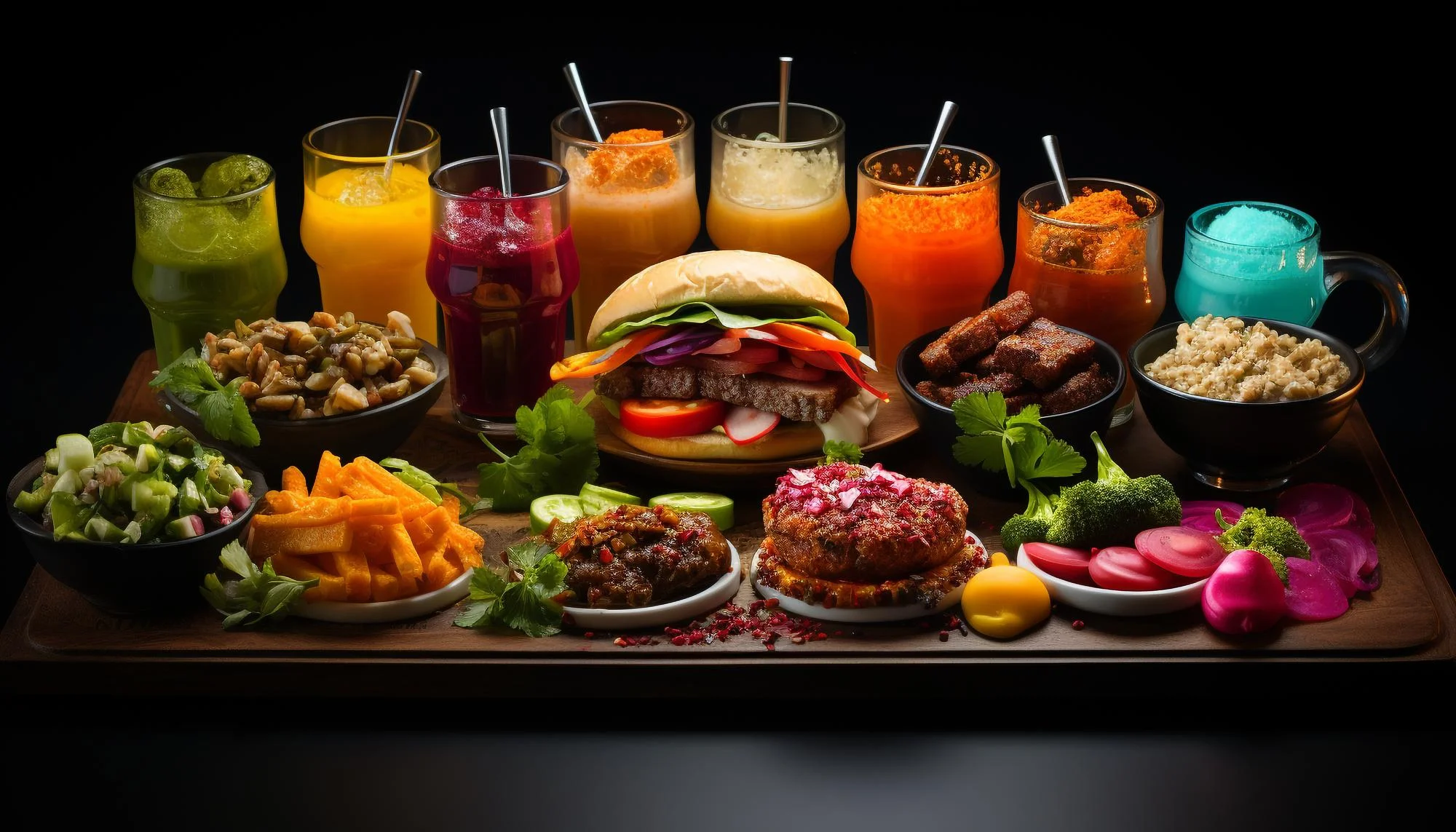London, UK – In recent years, the UK has seen a surge in initiatives aimed at promoting healthier dietary habits among its population. The front of package labelling (FOPL) system has been at the forefront of these efforts, simplifying the way nutritional information is presented to consumers. However, a recent study published in “The British Journal of Nutrition” is now shining a light on an area that has been largely overlooked until now: the processing level of the foods we eat.
The research paper, entitled “Nutrients or processing? An analysis of food and drink items from the UK National Diet and Nutrition Survey based on nutrient content, the NOVA classification, and front of package traffic light labelling,” written by Samuel J. Dicken, Rachel L. Batterham, and Adrian Brown from the Centre for Obesity Research at University College London, raises important questions about the current FOPL system. The study suggests that while FOPL gives consumers information on nutrients such as fat, salt, and sugar content, it does not account for the level of food processing. In light of this, the authors argue for a potential reevaluation of the FOPL to include the NOVA classification, which categorizes foods based on their processing level.
The National Diet and Nutrition Survey (NDNS) provided the data for the study, which scrutinized an extensive range of food and drink items. These were then categorized into four groups following the NOVA classification: minimally processed food (MPF), processed culinary ingredients (PCI), processed food (PF), and ultra-processed food (UPF).
This innovative study, with its DOI 10.1017/S0007114524000096, illuminates the stark nutritional differences between UPFs and MPFs. According to the findings, UPFs house greater levels of energy, fat, saturated fat, total sugar, and salt, drastically increasing the chances of receiving red traffic light labels in the FOPL system. Surprisingly, regardless of whether the items received red FOPLs or not, UPFs consistently contained higher energy densities and inferior nutritional profiles compared to MPFs.
However, it’s not all grim findings. The research uncovers that certain UPFs managed to achieve healthier FOPL scores, indicating a degree of ambiguity in the current labelling system and suggesting that not all UPFs are inherently unhealthy. Thus, a complex picture emerges of the relationship between FOPL, nutrient content, and the NOVA classification for UK food and drink products.
This study is not only comprehensive in its analysis but also critical in timing, as the UK government faces pressure to take definitive action on the consumption of ultra-processed foods. The evidence provided by this research points to significant implications for UK food and drink labelling, as it lays bare the partial overlap that exists between existing FOPLs and the more nuanced NOVA classification system.
The study calls for a reassessment of the FOPL to better represent the quality of the foods on our supermarket shelves, suggesting a more integrated approach that considers both nutrient content and food processing levels. This could indeed pave the way for a more informed decision-making process for consumers who are increasingly seeking healthier and more natural food options.
The authors’ affiliations to the Centre for Obesity Research at University College London, the National Institute for Health Research, Biomedical Research Centre at University College London Hospital, and the Bariatric Centre for Weight Management and Metabolic Surgery at University College London Hospital grant the findings an even greater weight. As leaders in their field, they bring a level of expertise and credibility that makes this work not just another academic paper, but a potential catalyst for change in public health policy.
The implications of this study are vast. It can influence the way we perceive the nutritional value of our food, potentially leading to changes in consumer behavior, food industry practices, and public health recommendations. The researchers’ call for a multi-factorial approach to food labelling may very well be the next step in combating diet-related health issues in the UK.
Keywords
1. Nutritional Labels UK
2. Ultra-Processed Foods
3. Front of Package Labelling
4. NOVA Classification of Foods
5. UK Diet and Nutrition
References
1. Dicken, S. J., Batterham, R. L., & Brown, A. (2024). Nutrients or processing? An analysis of food and drink items from the UK National Diet and Nutrition Survey based on nutrient content, the NOVA classification, and front of package traffic light labelling. The British Journal of Nutrition, 1-35. https://doi.org/10.1017/S0007114524000096
2. Monteiro, C. A., Cannon, G., Moubarac, J. C., Levy, R. B., Louzada, M. L., & Jaime, P. C. (2018). The UN Decade of Nutrition, the NOVA food classification and the trouble with ultra-processing. Public Health Nutrition, 21(1), 5-17.
3. UK Department of Health. (2016). Guide to creating a front of pack (FoP) nutrition label for pre-packed products sold through retail outlets.
4. Moubarac, J. C., Martins, A. P., Claro, R. M., Levy, R. B., Cannon, G., & Monteiro, C. A. (2013). Consumption of ultra-processed foods and likely impact on human health. Evidence from Canada. Public Health Nutrition, 16(12), 2240-2248.
5. Public Health England. (2016). The Eatwell Guide.
Note: The actual references and retrieval dates for the UK Department of Health guidance and the Eatwell Guide would need to be added by the author to adhere to referencing standards.
